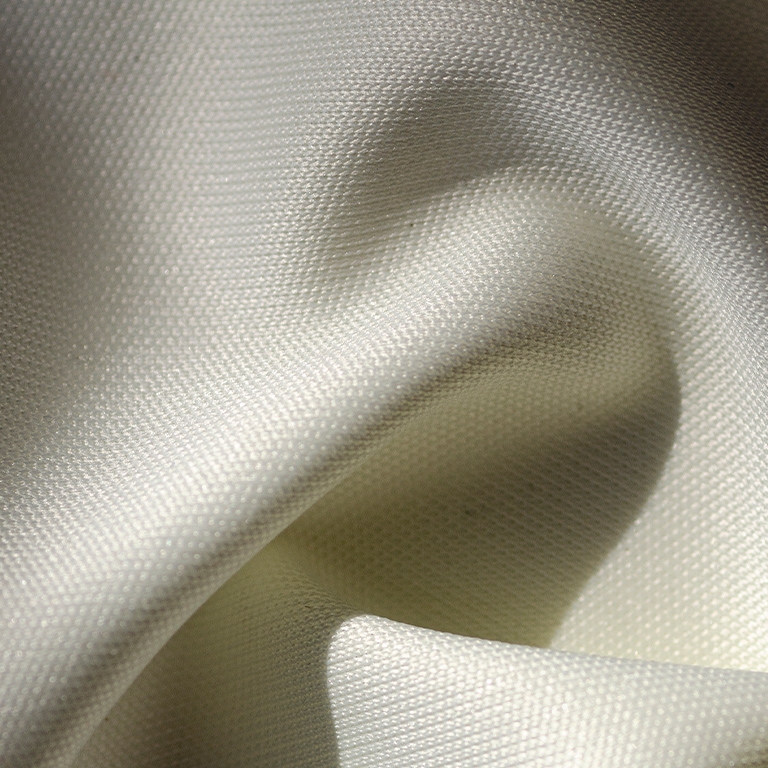ALL PRICES QUOTED IN € EXCL. VAT AND OTHER TAXES
INTERNATIONAL DELIVERY 3-4 BUSINESS DAYS
30-DAY RETURNS GUARANTEE
ALL PRICES QUOTED IN € EXCL. VAT AND OTHER TAXES
INTERNATIONAL DELIVERY 3-4 BUSINESS DAYS
30-DAY RETURNS GUARANTEE
ALL PRICES QUOTED IN € EXCL. VAT AND OTHER TAXES
INTERNATIONAL DELIVERY 3-4 BUSINESS DAYS
30-DAY RETURNS GUARANTEE
ALL PRICES QUOTED IN € EXCL. VAT AND OTHER TAXES
INTERNATIONAL DELIVERY 3-4 BUSINESS DAYS
30-DAY RETURNS GUARANTEE

In order for you to keep the shape of your clothes as best as possible, it is important that you let them dry correctly and store them correctly in your closet. For example, knitwear should always lie flat, as it tends to become heavy and long, and thus can easily get out of shape. Especially if there is cotton in it.




To prevent your clothes from changing during washing, we recommend that you always follow the washing instructions that are on the clothes. This way you can ensure that your clothes retain their color and quality for as long as possible.
To ensure that the garment continues to perform at its best, it is essential that you take the best possible care of it and treat it correctly. Then the clothes will also be there and take care of you and the environment for a longer time. Below you will find a few tips that can help to extend the life of your clothes.
5 classic materials - and how to treat them.
In order to ensure the longest lifespan of your clothes, it is important that you pay attention to the classic materials, which may have specific needs. If you have clothes made of natural materials, such as silk and wool, it is recommended to use detergents intended for these types of materials.
ATTENTION! With natural materials, coloring cannot take place in the same way - and be as effective - as artificial materials. There may be a natural fading of the intensity of the colors after you have used it and after washing. This means that you can extend the lifespan significantly by using gentle detergents and low temperatures. Remember that viscose must be treated as a natural material.
Viscose is made from wood that has been dissolved in the same way as if you were to make paper, and must be described as a natural material when it needs to be processed.
Polyester is a synthetic material made from oil. It can be used for many different styles and purposes and is incredibly stretchy.
In connection with washing, cotton generally tolerates high temperatures, but this only applies if the clothes are white. If a cotton material is dyed, the ideal temperature for washing does not depend on the cotton fibers, but on the color. Also, always wash with similar colors as cotton tends to absorb color more than other qualities. In addition, cotton can shrink when washed at too high a temperature or tumble-dried, so pay attention to the washing instructions in your clothes.

The wool that is used for clothing is mostly soft and delicious, but there may be some types of wool that scratch sensitive skin. Wool is best characterized by looking delicious, having good breathability, and being nice and warm.

Wool is excellent for insulation because it creates a barrier between heat and cold. In addition to being highly breathable, wool is also somewhat water-repellent. Coats and other outerwear made of wool can often be shaken off to remove most of the water after a walk in the rain, as long as the water hasn't had too much time to soak in.
Bonus Tip: Clothing made of wool that doesn't sit directly against your skin doesn't need washing but should be aired out—unless you've spilled something on it. Your wool sweater, for example, should be aired for at least as long as you've worn it to ensure it's properly freshened.
Otherwise, please refer to the care label on your garment for more specific instructions.


One of the great advantages of viscose is its breathability, as it absorbs water and moisture very well and dries quickly. However, viscose loses 50% of its strength when wet, so it should never be soaked. Be extra careful not to pull or wring it. Additionally, viscose doesn’t tolerate high washing temperatures well, so always follow the care instructions on the garment.
Viscose can shrink by a few centimeters during washing, so it’s a good idea to choose a size with a comfortable fit. Most of the shrinkage can be reversed when you iron your viscose items or wear them. The heat from the iron or your body helps the fabric stretch back out.
Remember, it's always a good idea to wash and iron your clothing inside out to preserve the beautiful surface of the fabric.
Don’t hesitate to treat yourself to that lovely viscose item you’ve been eyeing. Just follow the care instructions and handle it with care, and it will remain a cherished piece in your wardrobe for a long time.

It’s important to rinse your swimwear in clean water after a day at the beach or in the pool. Saltwater and chlorine can break down the fibers, and if you don’t rinse your swimwear regularly, it will lose its elasticity more quickly.
Silk is a natural material that is soft and comfortable to wear.



It’s always a good idea to handle garments with zippers, buttons, studs, or similar details with care. We recommend always washing them inside out. Additionally, ensure that all zippers are closed to avoid damaging the garment, the zipper itself, or the washing machine.
Silk is a very delicate material, so when washing it in a machine, we recommend using a silk-specific program and adjusted spin settings. Additionally, it’s best to use detergent designed for silk or wool. To take extra care of this delicate fabric, you can opt to steam it instead, which smooths out wrinkles and freshens the material. You can use either a garment steamer or a washing machine with a built-in steam function.

Jeans are low-maintenance. They rarely wrinkle and don’t need frequent washing. You can wear your jeans several times before washing them. Hang them in the bathroom while you shower—the steam will keep them fresh and odor-free between washes. Alternatively, air them out outside. Jeans become more comfortable the more you wear them, and their colors last longer the less you wash them.
If your clothing features details such as beads, sequins, glitter, lace, studs, or embroidery, it’s always a good idea to use a laundry bag for each garment to provide the best protection. Keep in mind that these details are often handmade and therefore delicate.



The advantages of polyester are that it is durable and very easy to handle when it comes to washing; it dries quickly and usually doesn’t need ironing. This makes polyester an ideal choice for packing in a suitcase, as it doesn’t wrinkle as much as other materials.
Polyester is not a natural material. This can make it prone to static electricity, so we recommend washing polyester with fabric softener to avoid this issue.
Even though polyester is durable, you should still take care with delicate constructions, such as silk imitations. These should always be washed gently to prevent seams from pulling apart.
Always follow the care instructions on your clothing.




Cotton is a natural material and is basically a strong material that withstands washing very well, because it actually becomes stronger when wet. Cotton is also really comfortable to wear - and easy to breathe in - because it absorbs the moisture that the body constantly gives off.